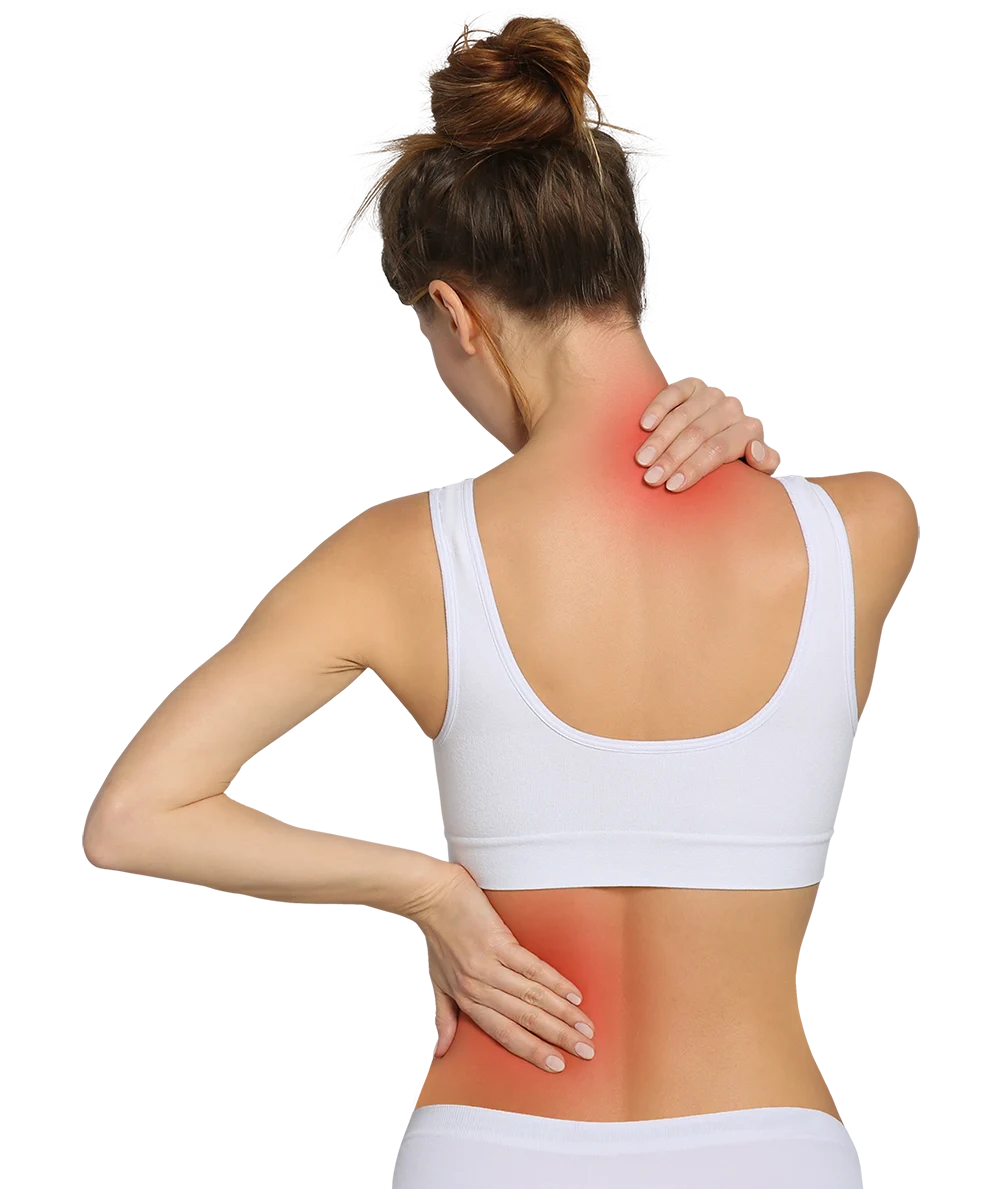Joya bei Rückenschmerzen
Ursachen, Symptome und Lösungsansätze

Rückenprobleme – die Volkskrankheit Nummer eins
Sieben Jahre sitzen: So viel Zeit verbringt der moderne Mensch auf einem Bürostuhl. Dabei könnte uns unser Rücken am Tag locker 30 Kilometer weit tragen. In der Realität geht der Durchschnittsmensch jedoch nur knapp fünf Kilometer am Tag.
Zu den häufigsten Rückenproblemen gehören:
- Verspannungen
- Ischias-Beschwerden
- Arthrose
- Osteoporose
- Hexenschuss
- Bandscheibenvorfall
Rückenschmerzen vorbeugen
Rund 80 Prozent der Erwachsenen leiden im Laufe ihres Lebens ein- oder mehrmals an Rückenschmerzen. 85 Prozent der Rückenschmerzen sind unspezifisch, heisst also sie können keiner Grunderkrankung zugeordnet werden. Dies geht aus einem Bericht des Bundesamtes für Gesundheit (BAG) hervor. Die häufigsten Ursachen von unspezifischen Rückenschmerzen sind Bewegungsmangel, unbequemes Schuhwerk und Fehlbelastungen.
Alltagstipps für deinen Rücken:




So wirken Joya Schuhe
Das Geheimnis von schmerzfreier Bewegung heisst: dynamisches Gehen. Joya hat mit FOREVERFOAM® eine Sohlentechnologie entwickelt, die genau das imitiert. Die weich-elastischen Sohlen aktivieren kleinere Stütz- und Stabilitätsmuskeln, was Gelenke und Wirbelsäule entlastet. Mit jedem Schritt wird die Stabilisation der Wirbelsäule sowie die Durchblutung der Muskeln verbessert.
«Der Joya Schuh sorgt für eine deutlich aufrechtere Rückenhaltung. Durch konsequentes Tragen verbessert sich die Muskelleistung, muskelbedingte Rückenschmerzen nehmen spürbar ab.»
Dr. med. Simon Feldhaus, Baar (CH)
Studien belegen: Joya fördert die Gesundheit
Dass wir halten, was wir versprechen, belegen zahlreiche Studien. Der Verein Aktion Gesunder Rücken e.V. (AGR) zertifiziert Joya Schuhe als besonders rückenfreundlich.














